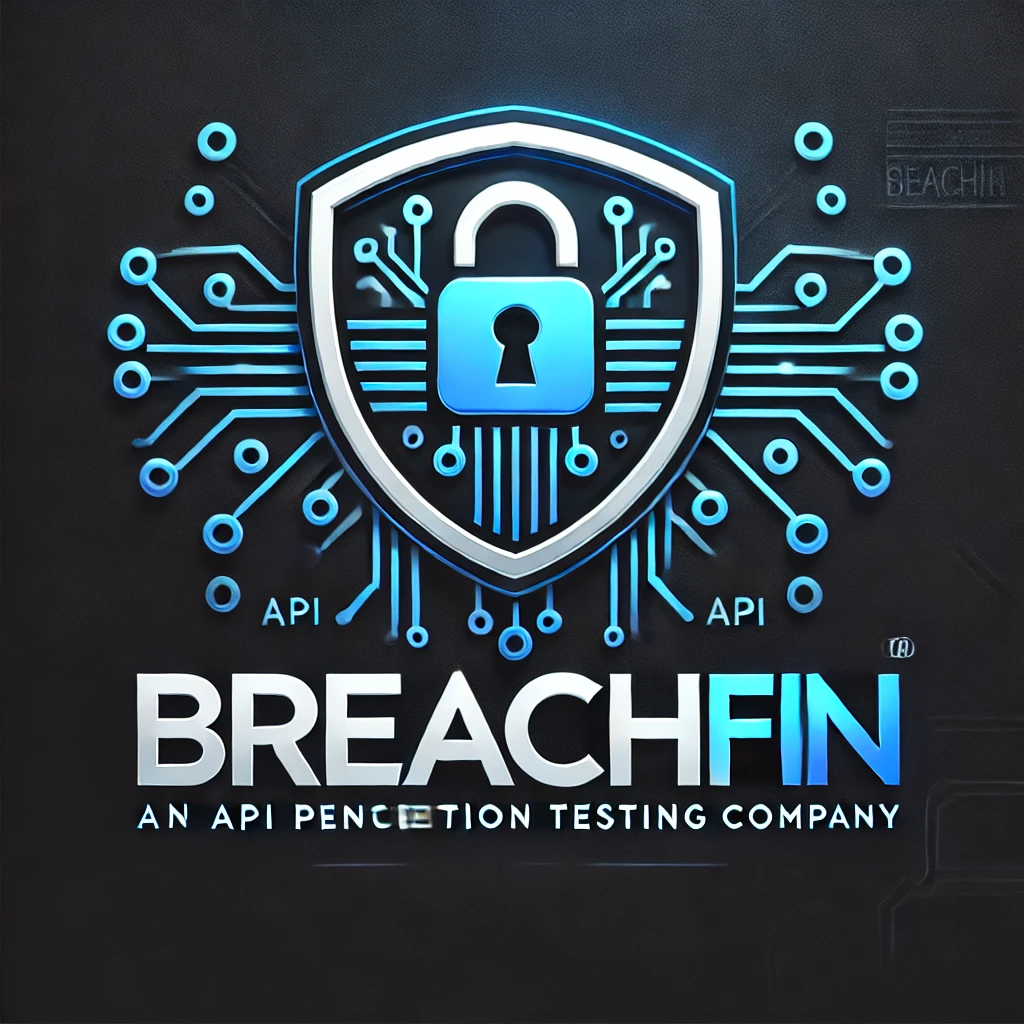In the rapidly evolving landscape of cybersecurity, penetration testing (pentesting) and threat hunting are undergoing significant transformations. As cyber threats become more sophisticated, the integration of advanced technologies and methodologies is essential to stay ahead of malicious actors.
The Evolution of Penetration Testing
Traditionally, pentesting has been a manual process, relying heavily on the expertise of security professionals to identify and exploit vulnerabilities within systems. However, the increasing complexity of IT infrastructures and the sheer volume of potential threats have necessitated a shift towards more automated and continuous testing approaches.
One notable trend is the incorporation of Artificial Intelligence (AI) into pentesting tools. AI enhances the efficiency and accuracy of vulnerability assessments by automating routine tasks and analyzing vast amounts of data to detect anomalies. This allows security teams to focus on more complex threat scenarios and strategic planning. As noted by ERMProtect, “The future of penetration testing lies in using AI to make results more accurate and evaluations more efficient.”
Moreover, the rise of the Internet of Things (IoT) and the proliferation of connected devices have expanded the attack surface, making it imperative for pentesting methodologies to adapt. Security assessments now need to encompass a broader range of devices and communication protocols, ensuring that vulnerabilities in IoT ecosystems are identified and mitigated.
Advancements in Threat Hunting
Threat hunting has emerged as a proactive cybersecurity strategy, focusing on the identification and neutralization of threats before they can cause harm. Unlike traditional reactive measures, threat hunting involves the continuous and systematic search for indicators of compromise within an organization’s network.
The integration of AI and Machine Learning (ML) into threat hunting processes has been transformative. These technologies enable the analysis of large datasets to identify patterns and anomalies that may signify malicious activity. According to OpenText Blogs, “The future of threat hunting lies in the seamless integration of human expertise and AI capabilities.”
Additionally, the development of streaming graph technologies allows for real-time analysis of network data, facilitating the immediate detection of suspicious activities. This real-time capability is crucial in minimizing the dwell time of threats within a system, thereby reducing potential damage. As highlighted by thatDot, “A modern threat hunting stack, one powered by thatDot’s Quine streaming graph to detect and instantly alert on known patterns.”
The Symbiotic Relationship Between Pentesting and Threat Hunting
While pentesting and threat hunting are distinct disciplines, their integration can significantly enhance an organization’s security posture. Pentesting identifies existing vulnerabilities, providing a snapshot of potential entry points for attackers. In contrast, threat hunting actively seeks out threats that have bypassed preventive measures. Together, they offer a comprehensive approach to cybersecurity, addressing both known vulnerabilities and emerging threats.
Preparing for the Future
As we look towards the future, several key developments are poised to shape the fields of pentesting and threat hunting:
- AI-Driven Automation: The continuous advancement of AI will lead to more sophisticated tools capable of automating complex tasks, thereby increasing the speed and accuracy of security assessments.
- Integration of Large Language Models (LLMs): LLMs can assist in generating and interpreting complex security scenarios, enhancing both pentesting and threat hunting efforts. Research indicates that LLMs can augment penetration testers by providing AI sparring partners for high-level task planning and vulnerability hunting. arxiv.org
- Emphasis on Continuous Monitoring: The dynamic nature of cyber threats necessitates ongoing surveillance and assessment, moving away from periodic testing to continuous monitoring frameworks.
- Enhanced Collaboration: Sharing threat intelligence across organizations and industries will become increasingly important, fostering a collective defense against cyber adversaries.
In conclusion, the future of pentesting and threat hunting lies in the strategic integration of advanced technologies, continuous adaptation to emerging threats, and collaborative efforts across the cybersecurity community. By embracing these changes, organizations can build resilient defense systems capable of countering even the most sophisticated cyber attacks.


Leave a Reply